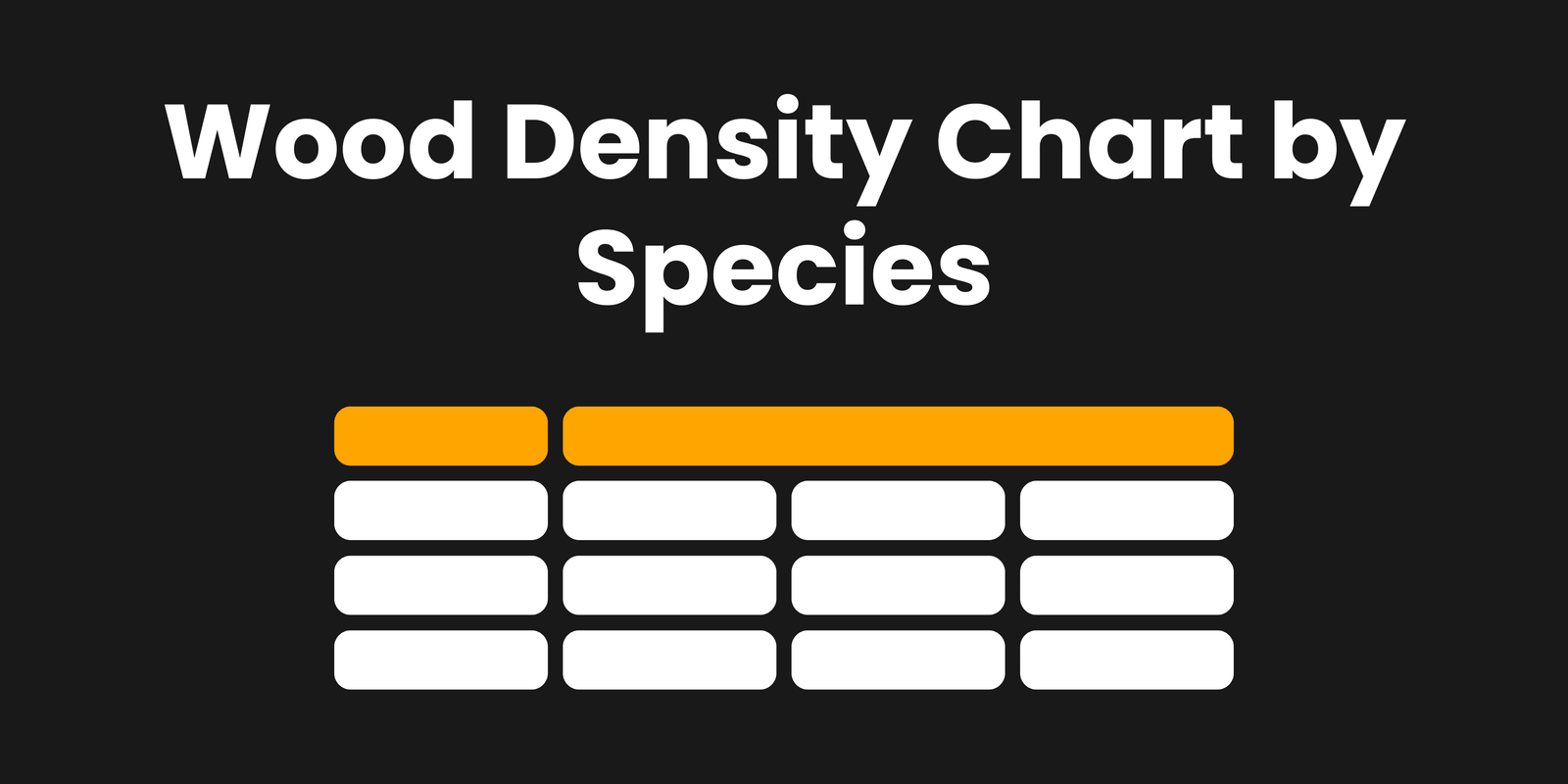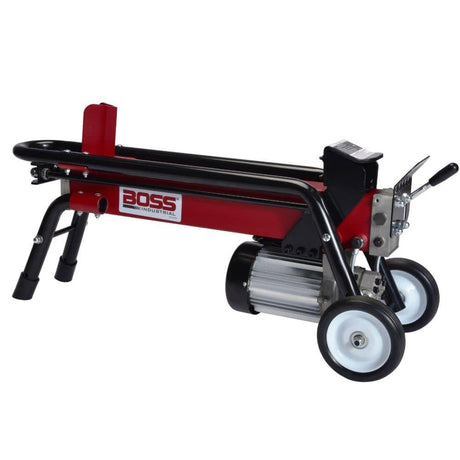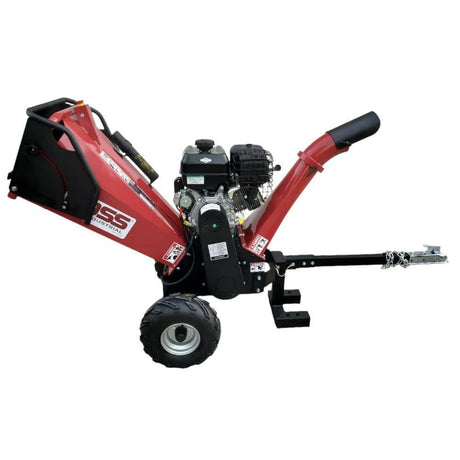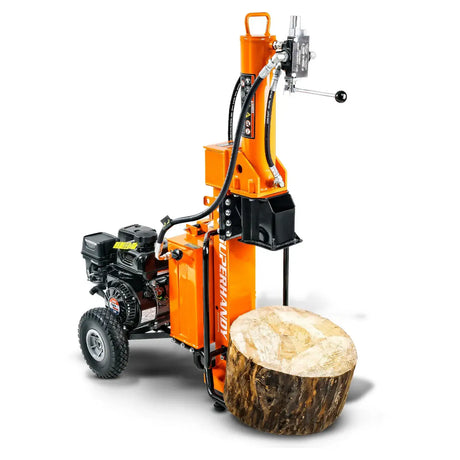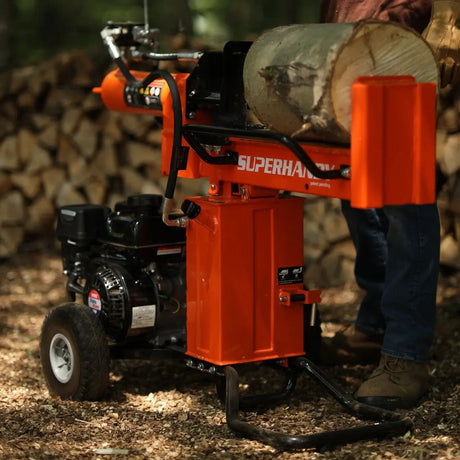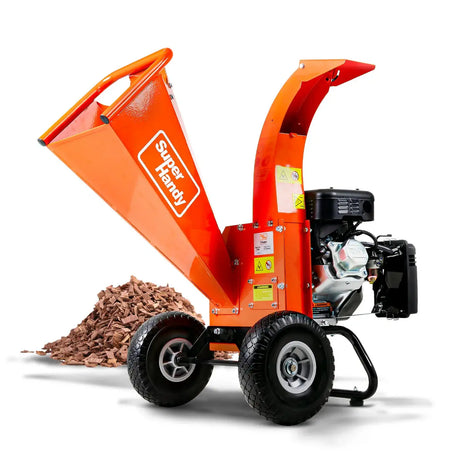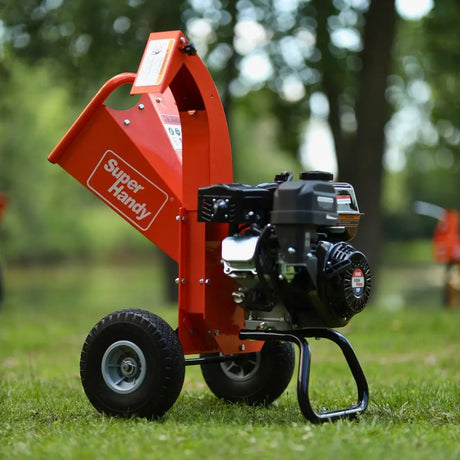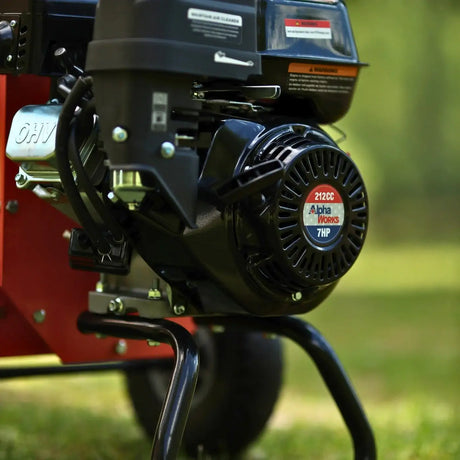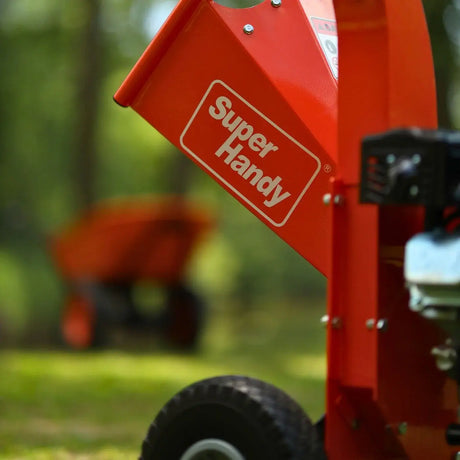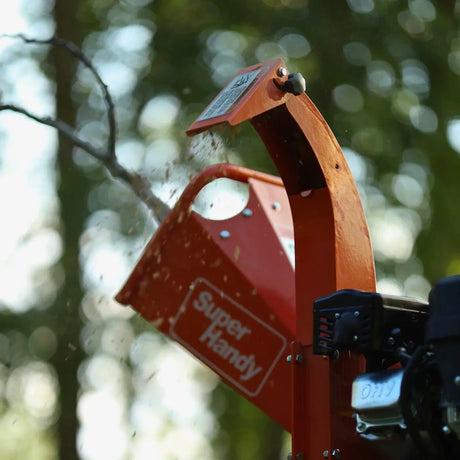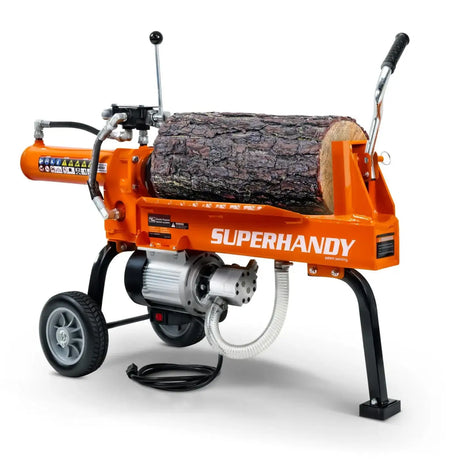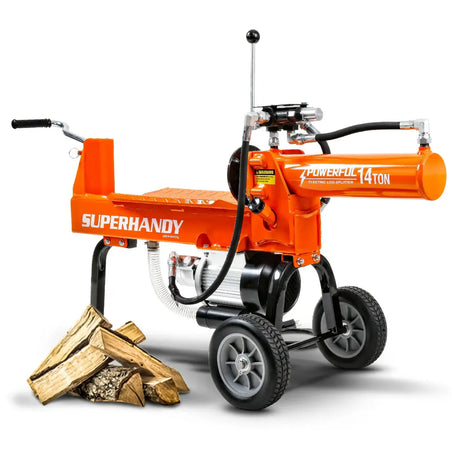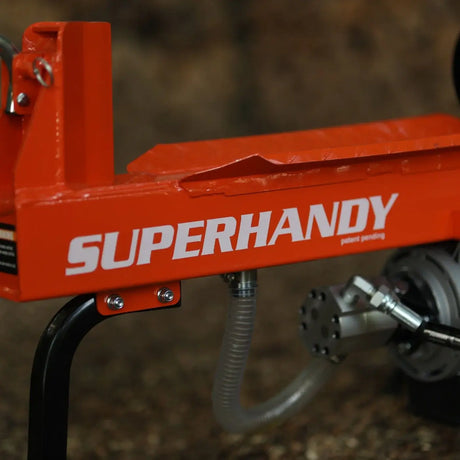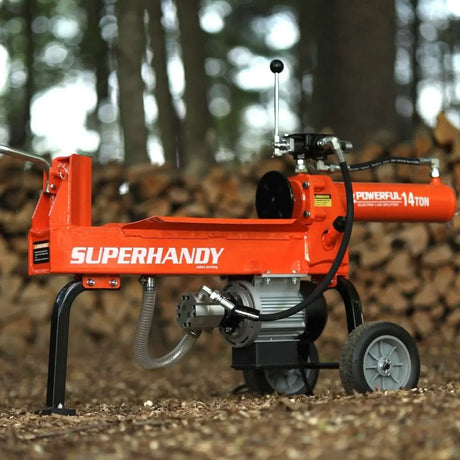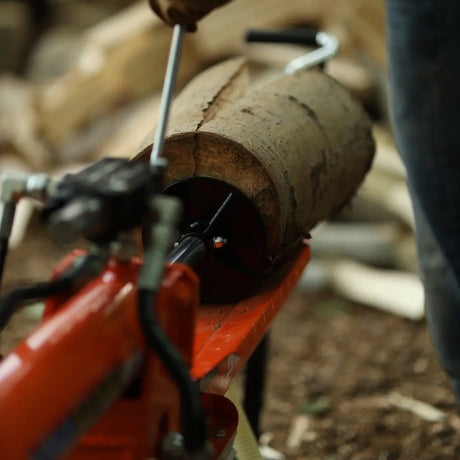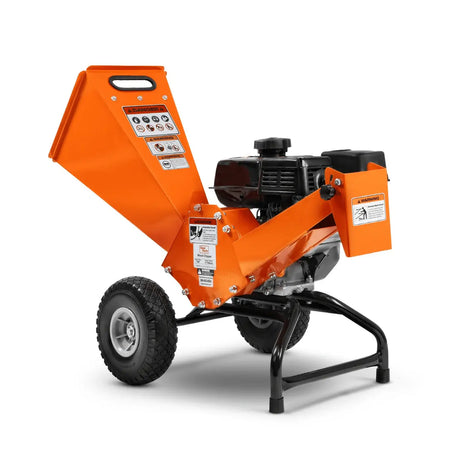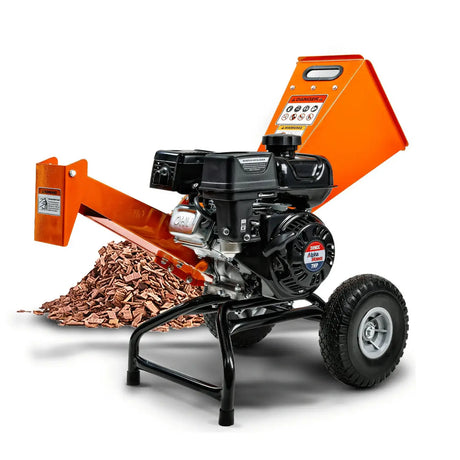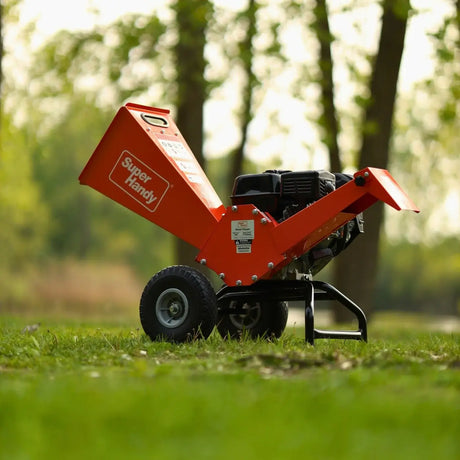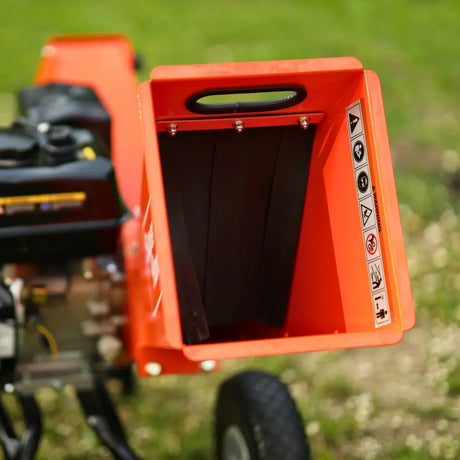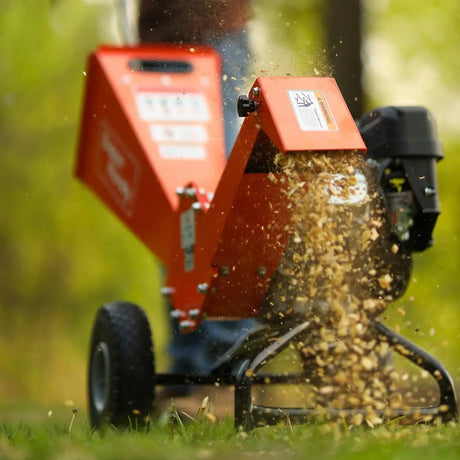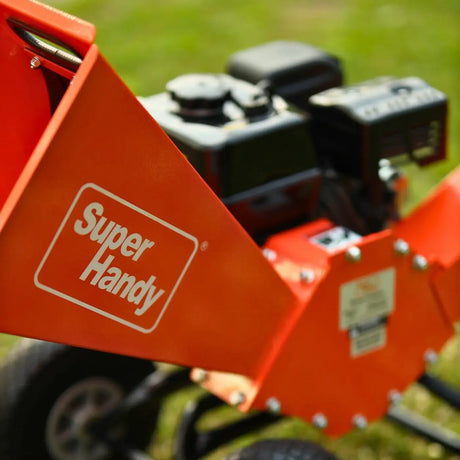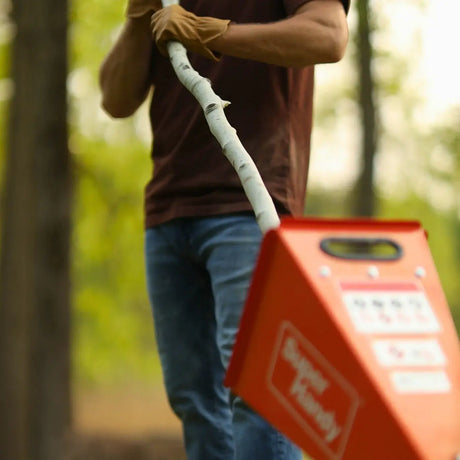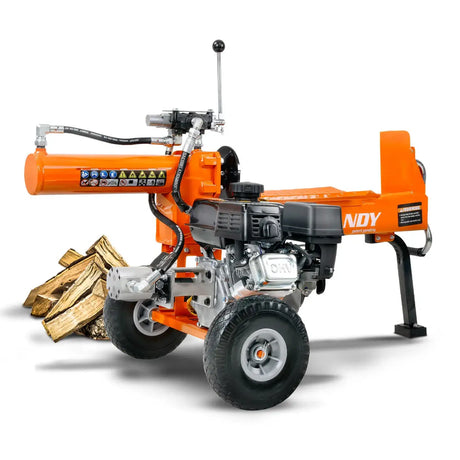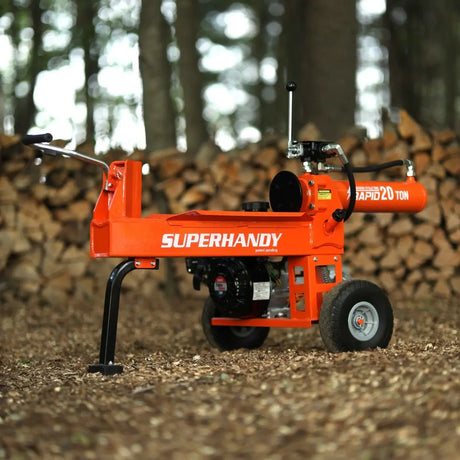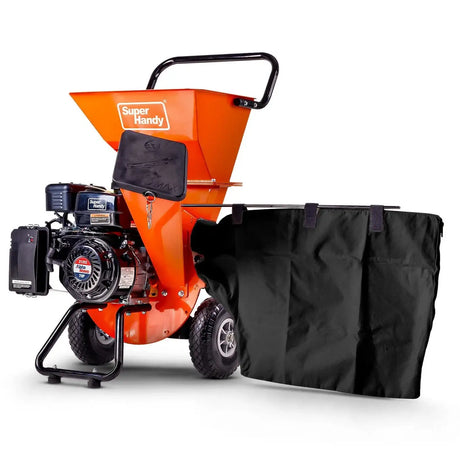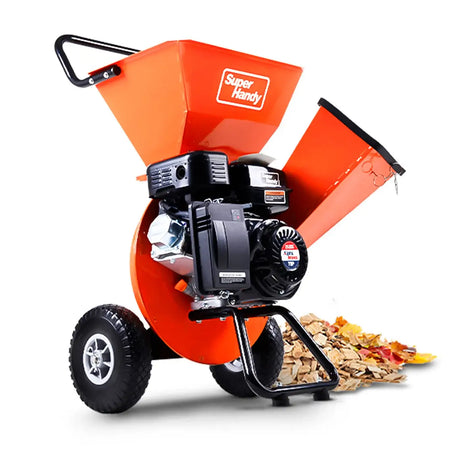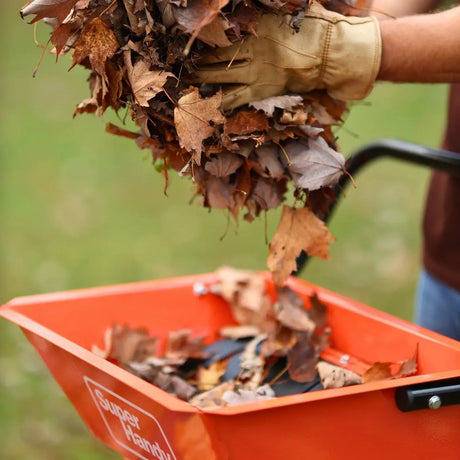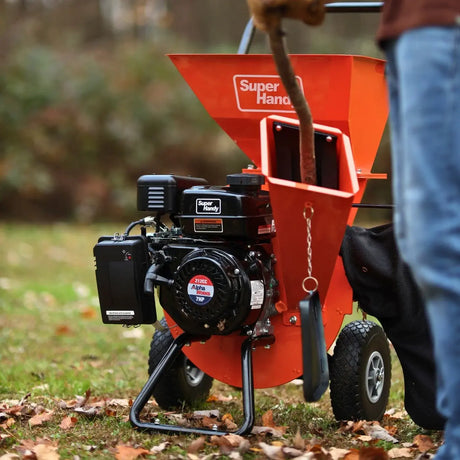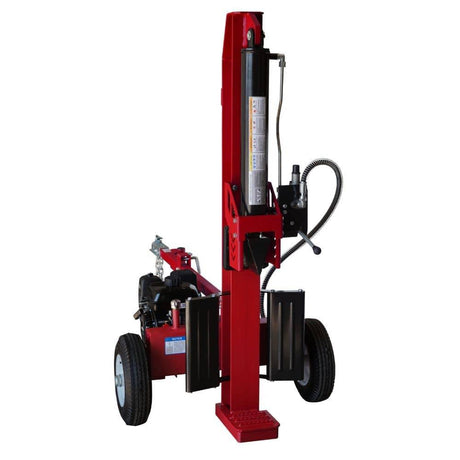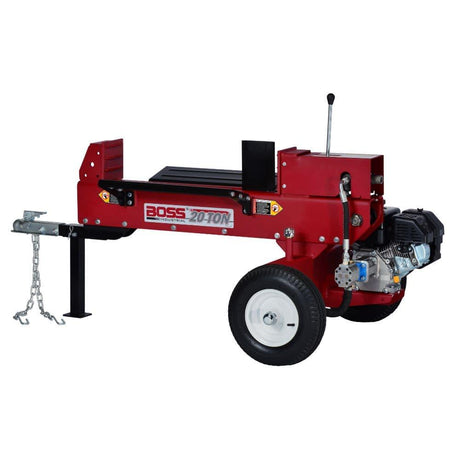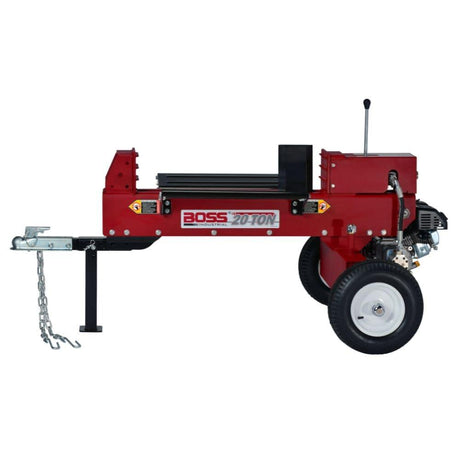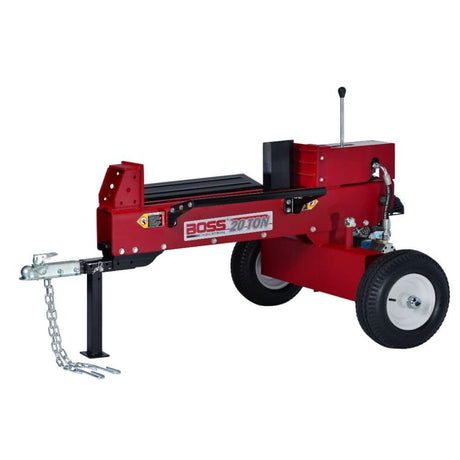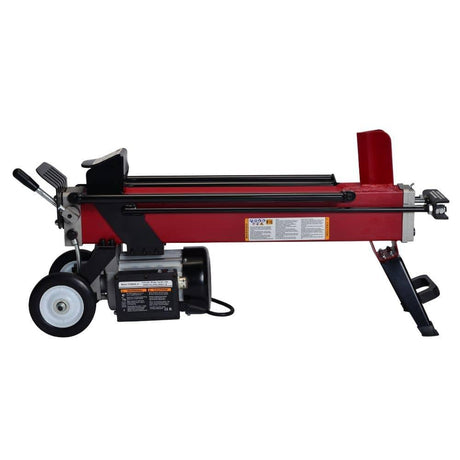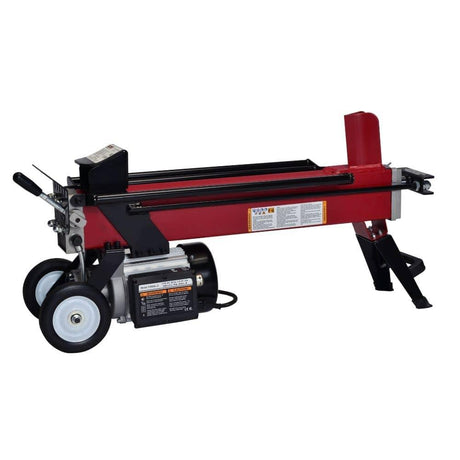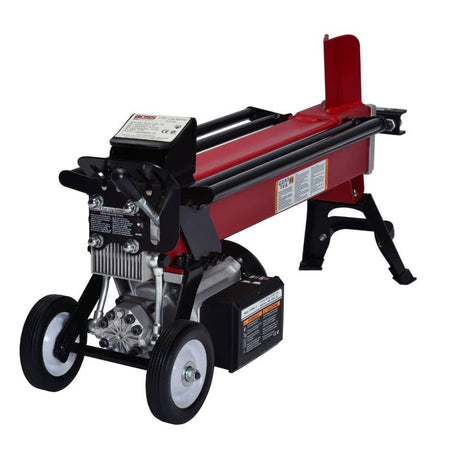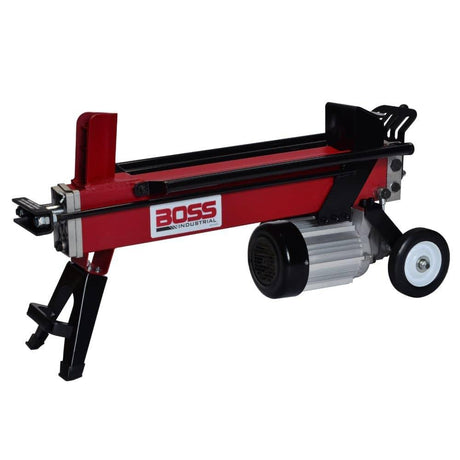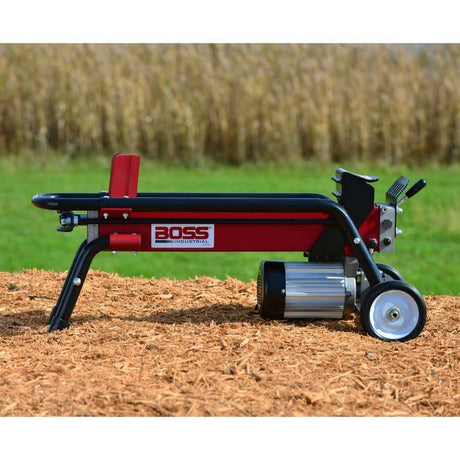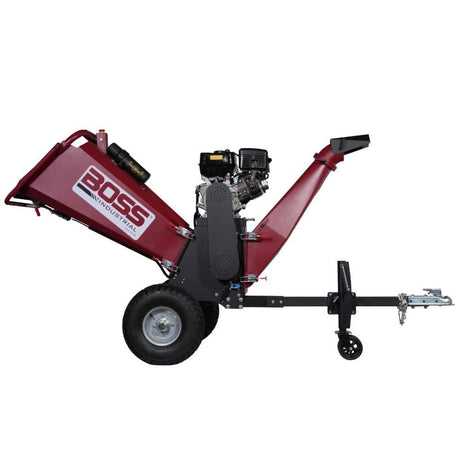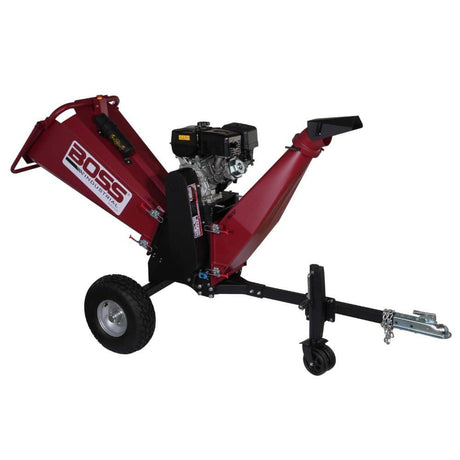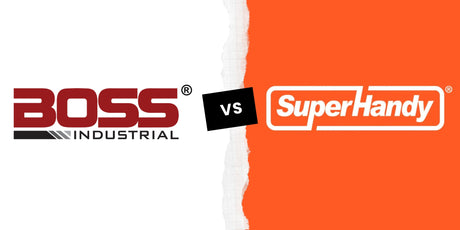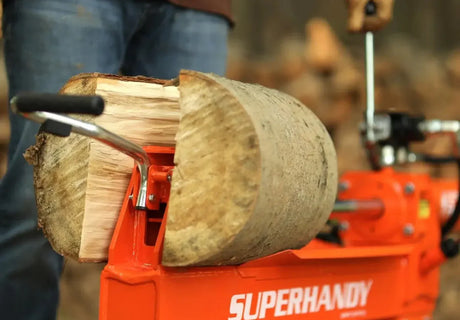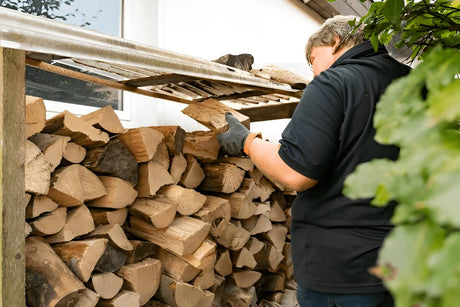If you've ever loaded up a wood pile and thought, "Why does this oak feel twice as heavy as that pine?" - it's because it is. Not all firewood is created equal, and wood density is the reason.
Whether you're splitting, stacking, chipping, or burning, knowing the density of your wood species helps you plan better. It tells you how much heat you'll get per cord, how heavy your stack will be, and how your machine will handle the load.
Let's break it down.
Key Takeaways
- Wood density affects how much heat you get per cord and how long your fire lasts.
- Dense hardwoods like hickory or oak are heavy and burn hot and slow-ideal for winter heating.
- Softwoods like pine or poplar are lighter, burn fast, and are better for quick fires or kindling.
- One cord = 128 cu ft stacked, but only ~85 cu ft of solid wood (due to air gaps).
- This chart assumes wood is seasoned (~20% moisture). Green wood is heavier but less efficient.
Wood Density and Cord Weight by Species
Here's a detailed breakdown of common firewood types, their average density in pounds per cubic foot, and their estimated weight per full cord.
| Wood Species | Density (lb/ft³) | Weight per Cord (lb) | Notes |
|---|---|---|---|
| Alder | 26–42 | ~2,210–3,570 | Lightweight hardwood; burns moderately well. |
| Apple | 41–52 | ~3,485–4,420 | Dense hardwood; excellent for heating and long-lasting coals. |
| Ash (White) | 40–53 | ~3,400–4,505 | Popular for firewood; burns cleanly with high heat output. |
| Aspen | 26 | ~2,210 | Lightweight softwood; burns quickly with low heat output. |
| Beech | 32–56 | ~2,720–4,760 | Dense hardwood; provides long-lasting heat. |
| Birch (Yellow) | 37 | ~3,145 | Medium-density hardwood; burns hot and clean. |
| Cherry | 35 | ~2,975 | Moderate-density hardwood; produces pleasant aroma when burned. |
| Douglas Fir | 31 | ~2,635 | Softwood; burns fast but provides decent heat output. |
| Hickory | 50–58 | ~4,250–4,930 | Very dense hardwood; ideal for heating due to high BTU output. |
| Maple (Sugar) | 43–47 | ~3,655–3,995 | Dense hardwood; burns cleanly with steady heat. |
| Oak (White) | 47 | ~3,995 | High-density hardwood; produces long-lasting coals and high heat output. |
| Pine (Eastern White) | 22–35 | ~1,870–2,975 | Lightweight softwood; burns quickly and produces creosote if not seasoned. |
| Poplar | 22–25 | ~1,870–2,125 | Lightweight wood; not ideal for primary heating due to low density. |
What This Table Shows
This chart compares three key pieces of information for each wood species:
- Density (lb/ft³) - This is how much one cubic foot of solid wood weighs.
- Weight per Cord (lb) - Based on ~85 cu ft of solid wood per stacked cord.
- Notes - Quick insights on burn characteristics and best use cases.
The data reflects seasoned wood, ready for burning, and helps you gauge which species pack the most punch in your stove-and which ones will be lighter to haul or split.
How to Use This Data in Real Life
Here's how this chart helps you day to day:
🔥 Choosing Firewood for Heat
If your goal is maximum BTU output for winter heat, go for dense hardwoods like:
- Hickory: Up to ~4,930 lbs/cord
- White Oak: ~3,995 lbs/cord
- Sugar Maple: ~3,995 lbs/cord
These burn longer, produce steady heat, and create long-lasting coals-perfect for overnight burns.
If you want to know how long it takes to process a full cord of these dense woods, check out How Long to Split 1 Cord of Wood? Time by Splitter Type for detailed timing based on your splitter.
🚫 Avoiding the Wrong Fit
- Don't rely on lightwoods like poplar or aspen for primary heating-they burn too fast and need frequent reloading.
- Softwoods like pine are fine for kindling but can create creosote if not fully seasoned.
🪓 Using with Tools Like Log Splitters or Chippers
Denser wood = tougher on machines.
- For splitting, use a higher-tonnage log splitter (20+ tons) for woods like hickory or oak.
- For chipping, a higher-HP chipper is needed to handle dense hardwoods cleanly without jamming or dulling blades fast.
For more on how wood properties affect splitting, see our Wood Hardness and Splitting Difficulty Chart to pick the right splitter for your species.
Lightweight woods like birch or cherry are easier to split and chip-even with smaller machines.
📦 Estimating Load Weight
Selling or buying firewood? Knowing the average weight per cord helps you price fairly and avoid overloading trucks or trailers.
Final Thoughts
Wood density isn't just trivia-it's practical knowledge that can save you time, money, and hassle. Whether you're heating your home or choosing the right equipment, knowing your wood's weight and density lets you:
- Burn smarter
- Split more efficiently
- Avoid equipment strain
- And plan your projects with precision
If you're looking for the right log splitter or chipper to match the wood you're working with, we can help.
👉 Explore our log splitter collection - matched by tonnage, use case, and wood type.
Questions? Reach out anytime. We've helped hundreds of folks like you figure out the right setup for their yard, acreage, or firewood business.

